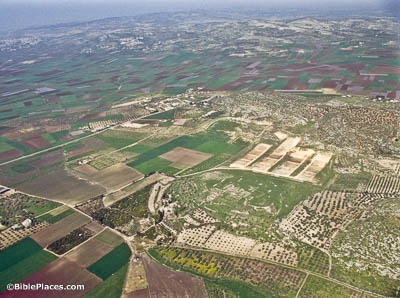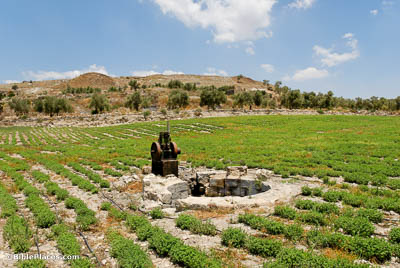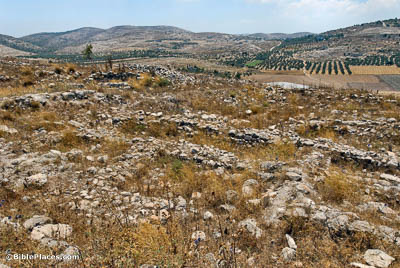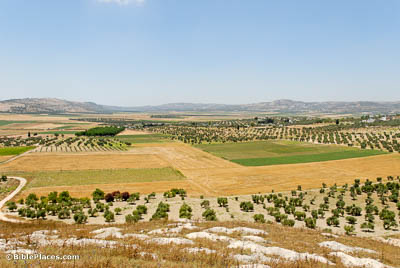Joseph came to this valley searching for his brothers who had moved on with their flocks from Shechem.
“So he sent him out of the vale of Hebron, and he came to Shechem. And a certain man found him, and, behold, he was wandering in the field: and the man asked him, saying, What seekest thou? And he said, I seek my brethren: tell me, I pray thee, where they feed their flocks. And the man said, They are departed hence; for I heard them say, Let us go to Dothan. And Joseph went after his brethren, and found them in Dothan. And when they saw him afar off, even before he came near unto them, they conspired against him to slay him” (Gen 37:14-18, KJV).




